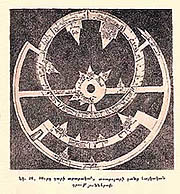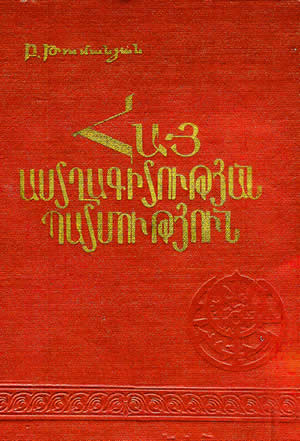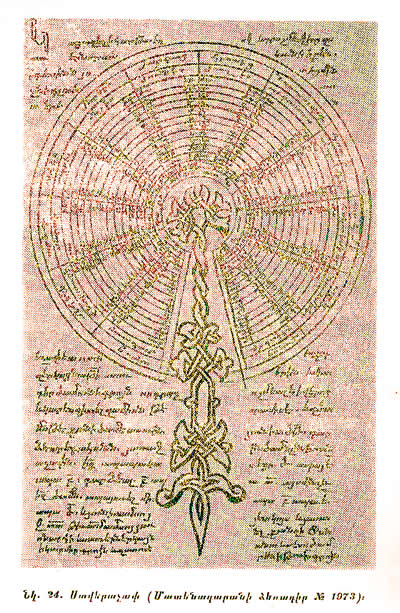|
A History of Armenian Astronomy
B. Y. Toumanian - Yerevan 1964
-
Ch.I - Ananya Shirakatsi
-
Ch.II - Hovhannes Imastasser
-
Ch.III - The Armenian Calender (The "Tomar")
-
Ch.IV - Astronomical intruments
. The astrolabe of Ghoukas Vanadetsi (of Vanand) . Sundials used in Armenia . Devices . Shadow Measuring . The Lunar Index .
-
Ch.V - Celestial maps
-
Ch.VI - The phases of the moon. New moon and full moon tables
-
Ch.VII - Solar and lunar eclipses
-
Ch.VIII - The dimensions and the shape of the Earth
-
Ch.IX - The apparent and the real motions of celestial bodies
-
Ch.X - Stars and Constellations
-
Ch.XI - Astronomical Geometry
|
|
|
|
|
- Manuscripts in Madenataran : - N#1973
- - - - - - - - - - - - - - -
|
- Mari Sukiasyan (also known as Paris Pismis) who was an Armenian astronomer in Mexico, she gave great advances in Astronomy worldwide and also helped decipher some of the lost Mayan astronomy that was incomplete due to the Spanish conquest, there is even a star named after her : (January 30, 1911 – August 1, 1999) was an astronomer of Armenian descent.
Pişmiş was born Mari Sukiasyan in Constantinople, Ottoman Empire. She worked in Mexico from 1940 until her death there in 1999. She was the first woman to graduate from the scientific faculty of Istanbul University.
Pişmiş studied among others the kinematics of galaxies, H II nebulae, the structure of open star clusters and planetary nebulae. She compiled the catalogue Pismis of 22 open clusters and 2 globular clusters in the southern hemisphere.
- http://www.tayabeixo.org/biografias/pismis.htm

|
|
|
Scan : Androush Vartanian - Bibliographic Research and Page Setup : Nil Agopoff
|
> Ch.V - Armenian Culture > A History of Armenian Astronomy, B. Y. Toumanian - Yerevan 1964 - Page annexe en préparation


